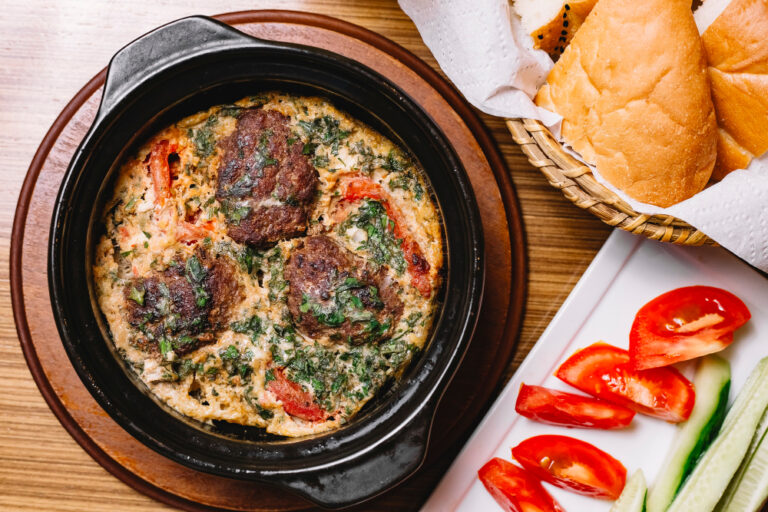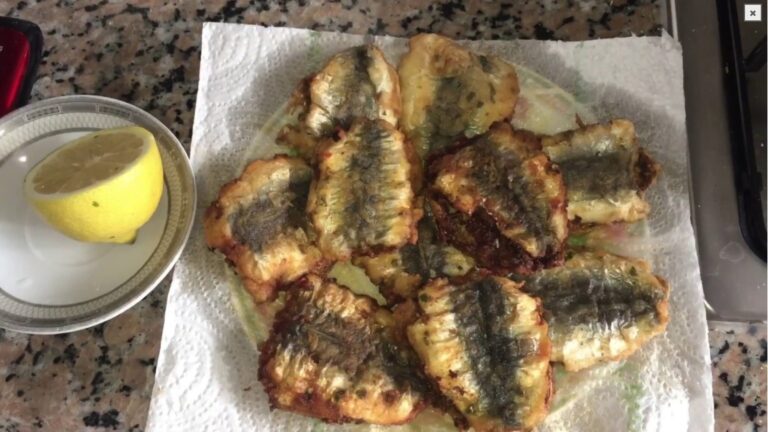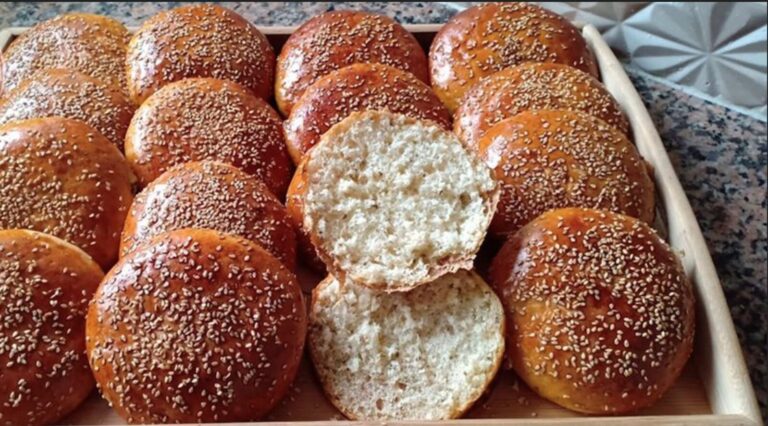
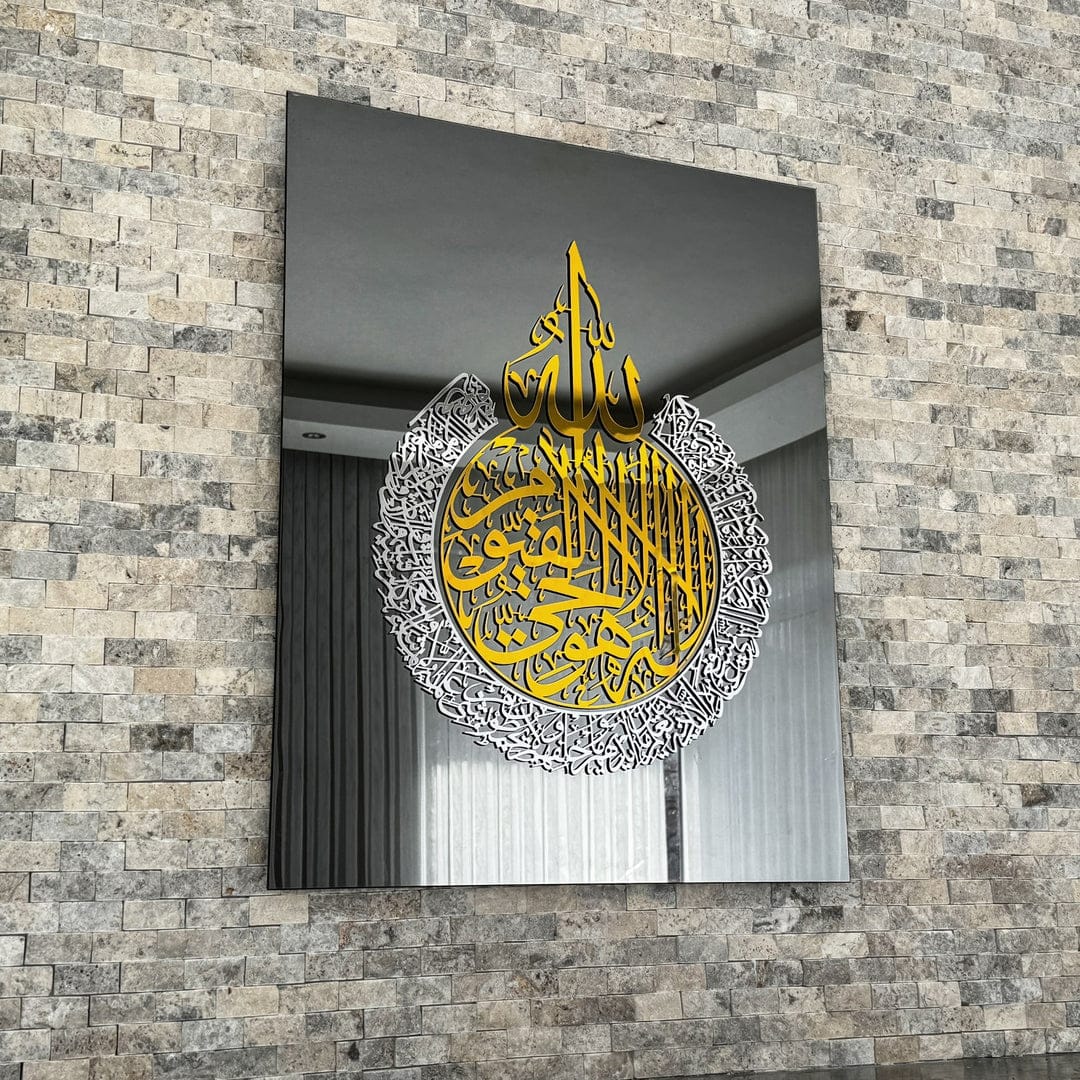
Among Morocco’s most captivating crafts lies a delicate art form that glimmers under the desert sun — The Heritage of Glass Art in Morocco. From the colorful lanterns of Marrakech to the intricate glass windows of Fez’s madrasas, Moroccan glasswork reflects a timeless blend of skill, creativity, and culture. Rooted in centuries of tradition and enriched by Andalusian, Berber, and Arab influences, Moroccan glass art tells a story of transformation — of sand and fire turned into beauty.
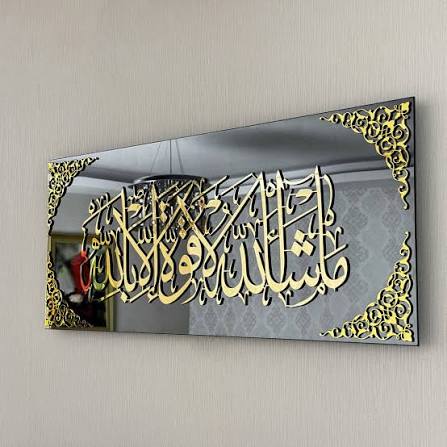
For travelers exploring Morocco, understanding the history and craftsmanship behind its glass creations adds a deeper appreciation to every lamp-lit alley and artisan’s shop.
The Origins of Moroccan Glass Art
Morocco’s glass heritage traces back to ancient trade routes linking North Africa, the Mediterranean, and the Middle East. Influenced by Roman and Andalusian artisans, Moroccan glasswork evolved uniquely — focusing not only on function but also on spiritual and decorative expression.
In cities like Fez and Marrakech, glassmaking became a family craft passed down through generations. Artisans mastered techniques such as glassblowing, engraving, and stained glass painting, creating works that adorned mosques, palaces, and riads.
Moroccan glass is more than just an object; it’s a symbol of illumination — both literal and cultural. The play of light through colored glass mirrors Morocco’s diversity and harmony of tradition and innovation.
(See also Fez on Wikipedia and Moroccan culture for deeper historical context.)
Where to Experience Moroccan Glass Art
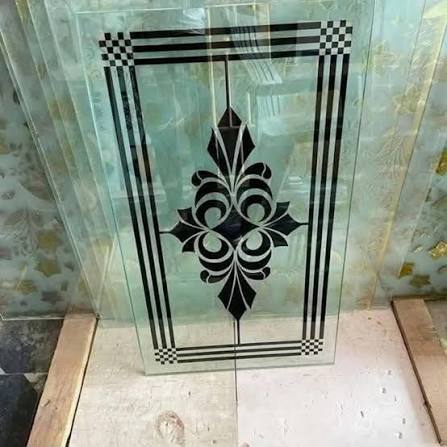
Marrakech – The City of Light and Craft
In the souks of Marrakech, glass art takes center stage. The Souk Sebbaghine, known for its vibrant dyes and lamps, displays an array of colorful hand-blown glass lanterns. These pieces capture the essence of Moroccan nights — warm, vivid, and full of charm.
Don’t miss visiting Le Jardin Secret, where traditional Moroccan architecture and glass design coexist in perfect harmony. As sunlight filters through the geometric patterns, visitors witness how glass turns architecture into living art.
Fez – The Heart of Moroccan Artisanship
Fez, Morocco’s spiritual and cultural capital, remains the soul of traditional craftsmanship. Workshops hidden in the narrow alleys of the Medina of Fez echo with the sound of glass being shaped, engraved, and polished.
Here, artisans use age-old tools to create decorative lamps, tea glasses, and mosaics that adorn homes and mosques alike. Every piece is a testament to patience, precision, and cultural continuity.
Casablanca – Modern Reflections of a Classic Art
In contrast, Casablanca offers a more contemporary take on Moroccan glass art. Modern studios blend ancient techniques with new aesthetics — producing glass sculptures, vases, and décor that appeal to global tastes. The Moroccan Design Museum showcases these innovations, celebrating the fusion of tradition and modernity.
Travel Tips and Cultural Insights
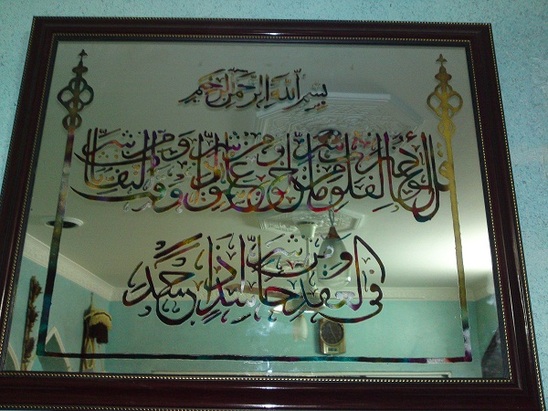
If you plan to explore The Heritage of Glass Art in Morocco, keep these tips in mind:
- Visit artisan cooperatives: In Fez and Marrakech, many artisans open their workshops to visitors. Watching them shape molten glass by hand is an unforgettable experience.
- Buy directly from craftsmen: This supports local artisans and ensures authenticity. Avoid mass-produced imitations often found in tourist-heavy areas.
- Pack carefully: Moroccan glass is delicate! Ask for bubble wrap or carry-on options to safely transport your souvenirs.
- Photography tip: The best time to photograph Moroccan glass is early morning or sunset when the natural light brings out the full color spectrum.
- Learn basic Arabic or French phrases: It helps connect with artisans and shows respect for their craft and culture.
Stories from Morocco’s Glass Masters
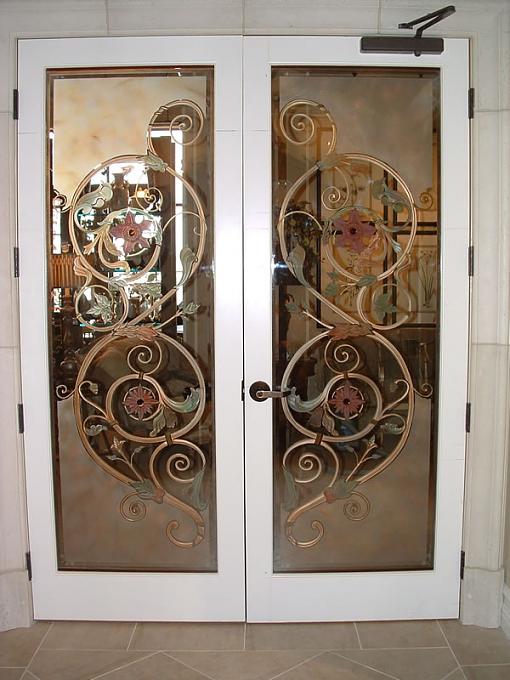
A Day in a Fez Workshop
Inside a centuries-old workshop in Fez, you’ll find Youssef, a master glassblower whose family has practiced the art for four generations. His furnace burns day and night, fueled by passion as much as fire. Watching him shape molten glass into a flawless tea glass feels like witnessing poetry in motion.
He explains that “each bubble in the glass carries a story.” For Youssef, imperfections are beauty — reminders that handmade art has a soul.
The Women Behind the Craft
While traditionally male-dominated, the Moroccan glass industry has seen a rise in women artisans. In Essaouira, collectives of women craft glass jewelry and mosaic designs, blending traditional forms with modern creativity. Their work empowers communities and keeps Morocco’s artistic legacy alive.
Seasonal and Future Travel Insights
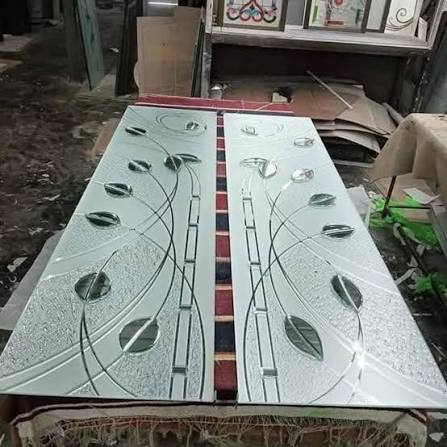
Visiting Morocco’s glass artisans is rewarding year-round, but spring (March–May) and autumn (September–November) offer the most pleasant temperatures for exploring markets and workshops.
During Ramadan, the streets glow with glass lanterns and colorful lamps, turning every corner into a masterpiece of light. If you visit during this period, you’ll see glass not only as art but as part of Moroccan spiritual life — illuminating mosques, riads, and family gatherings.
As Morocco continues to promote its cultural heritage, new museums and artisan programs are being developed. Cities like Tétouan and Chefchaouen are becoming emerging centers for glass-based décor and sustainable craftsmanship.
FAQ – The Heritage of Glass Art in Morocco
What makes Moroccan glass art unique?
Moroccan glass art stands out for its vibrant colors, geometric patterns, and the fusion of Berber, Arab, and Andalusian influences. It’s both functional and symbolic, embodying Morocco’s aesthetic identity.
Where can I buy authentic Moroccan glass?
The best places are artisan cooperatives and souks in Fez, Marrakech, and Essaouira. Avoid overly polished, uniform pieces — authentic Moroccan glass often shows small imperfections that reflect handcrafting.
How old is Moroccan glassmaking?
Glass art in Morocco dates back several centuries, influenced by Mediterranean trade and Islamic artistic traditions that valued geometry, symmetry, and color.
Can visitors watch glassblowing in Morocco?
Yes! Many workshops in Fez and Marrakech welcome tourists to observe the glassblowing process. Some even offer short workshops for travelers.
What are the most popular Moroccan glass items?
Lanterns, tea glasses, candle holders, and decorative lamps are the most popular. Each symbolizes Moroccan hospitality and artistry.
Conclusion
The Heritage of Glass Art in Morocco is a glowing example of how tradition endures through creativity. From Fez’s glowing lanterns to Marrakech’s mosaic windows, every piece of Moroccan glass tells a story of transformation — of fire, color, and imagination.
For travelers, exploring this art form is more than a sightseeing experience — it’s a journey into Morocco’s luminous heart. So next time you wander through a Moroccan medina and see a flickering glass lantern, remember: you’re witnessing centuries of passion, skill, and cultural pride, all captured in a single beam of light.

